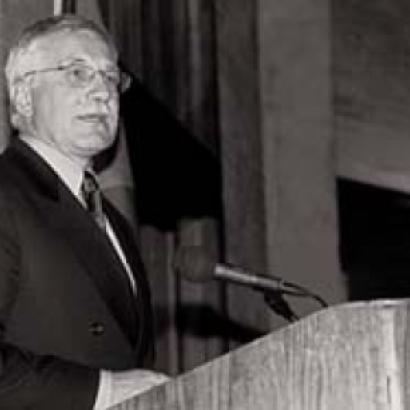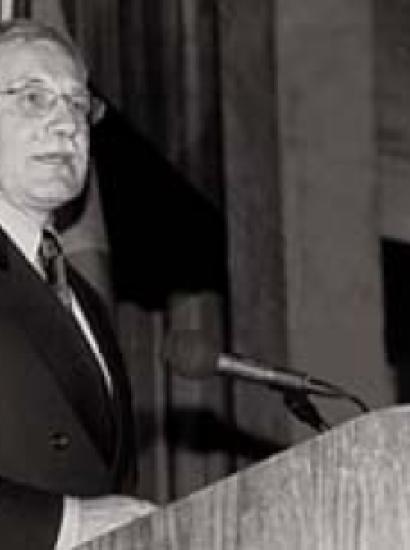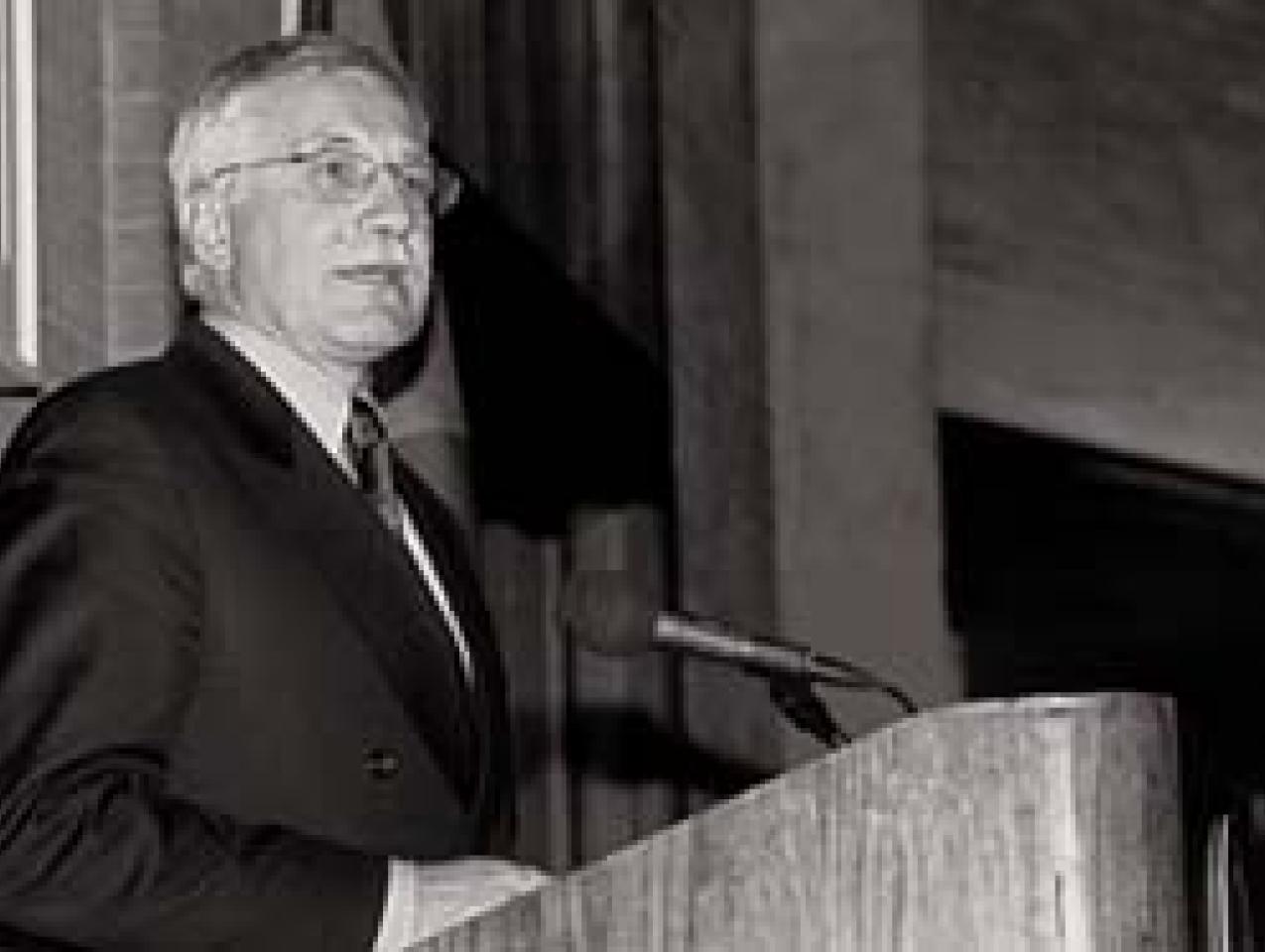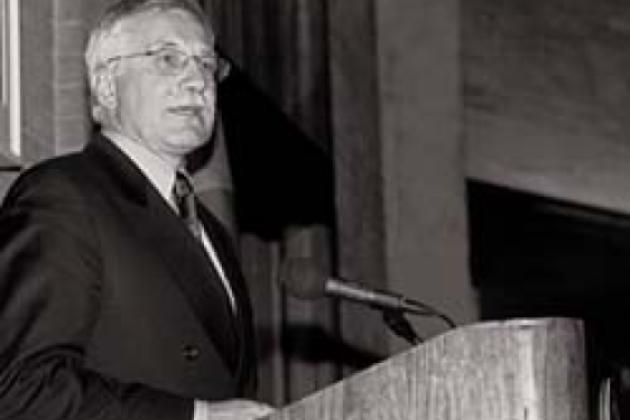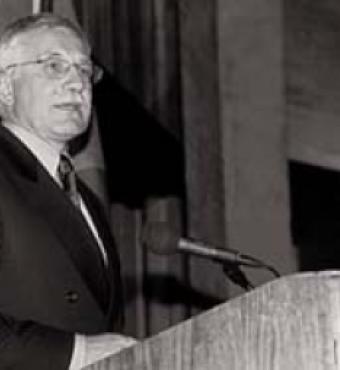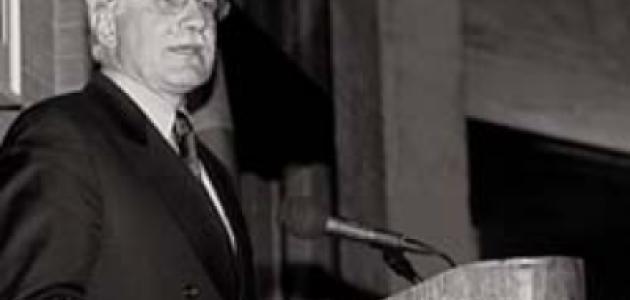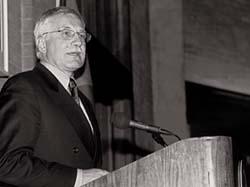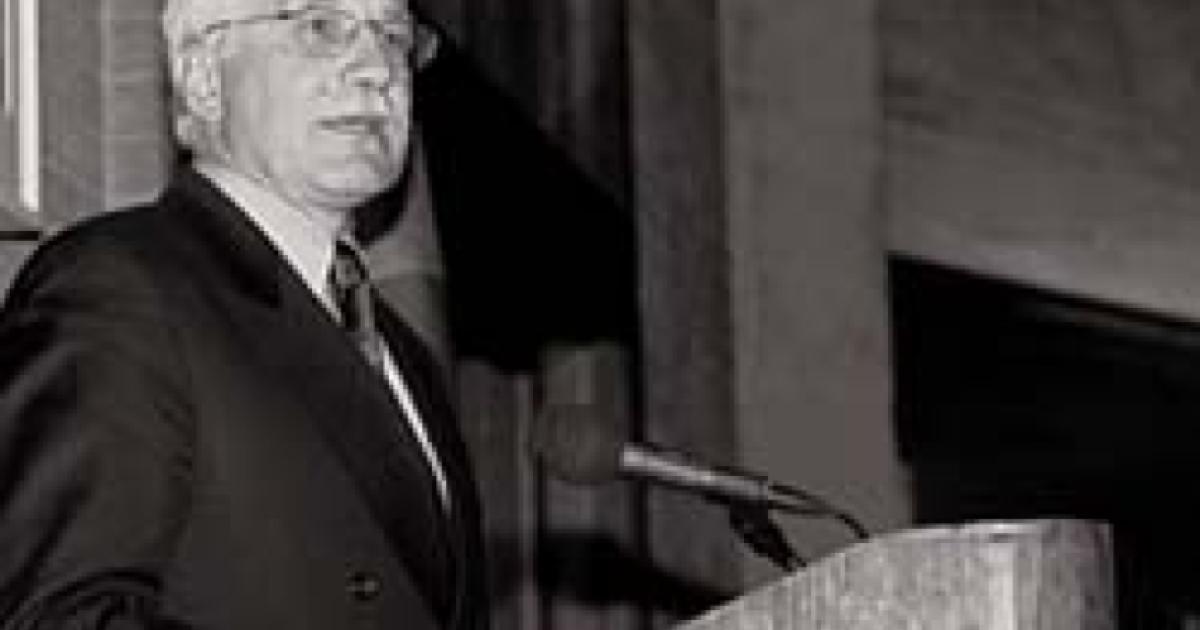- Economics
- International Affairs
During the transformation of the Czech Republic we encountered a unique problem: huge and necessarily unfulfilled expectations connected with the end of communism. The gap between expectations and reality—let’s call it the e-r gap—has fluctuated greatly since 1989.
In the first period, immediately after the November 1989 collapse of communism, which was unexpected in its rapidity and deepness, the e-r gap either did not exist or was negative. The suddenly achieved freedom was valued so highly that no clouds on the horizon were seen or envisaged. But a large e-r gap was bound to arise. Everyone assumed (and I have to admit that the politicians did not warn sufficiently against it) that transformation would have almost no costs. Everyone assumed that the release of the latent human energy after the elimination of all political, economic, and bureaucratic barriers would bring gains that would be bigger than the costs connected with the dismantling of the old system. Such assumptions were overoptimistic because transformation costs were—inevitably—nonzero.
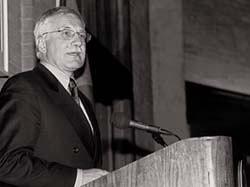
In the second period, the transformation costs became apparent and somebody had to bear them. The rapid adjustment to a standard economic structure was composed of both contraction and expansion, but the contraction, which I used to call the “transformation shakeout,” was much bigger than the simultaneous expansion of new activities, especially at the beginning. Between 1989 and 1993 industrial output fell by 33.6 percent, agricultural output by 23.5 percent, and GDP by 21.4 percent. There was at the same time a very rapid growth of services, but their contribution did not make up for the decline.
As a result the e-r gap widened. There were, of course, attempts to argue that a more gradual approach would have been less costly. But we were—and are—convinced that the so-called gradualism would have produced new, dangerous distortions. We were also concerned that markets at home and abroad would not be impressed by gradualism and that something like a sophisticated gradualism could not be realized in a complex, pluralistic, democratic, open society. There was, therefore, no other option but to forge ahead and introduce all deregulation, liberalization, and privatization measures as fast as possible.
The suddenly achieved freedom was valued so highly that no clouds were seen on the horizon. But the transformation costs were—inevitably—nonzero.
I stress “complex, pluralistic, democratic, and open society” because I am convinced that in such a world there is no room for social engineering and no person with the mandate, knowledge, and capacity to do it. I fully agree with Milton Friedman that “the error of supposing that the behavior of social organisms can be shaped at will is widespread. It is the fundamental error of most so-called reformers. It explains why they so often feel that the fault lies in the man, not the system.”
The third period, which in our case started in 1993, was characterized by relatively rapid GDP growth and by apparent growth of real personal incomes, especially wages. In the period 1992–1996 the growth of real wages reached 32.3 percent. With unemployment low, we enjoyed relative social peace. The e-r gap lessened, and, as a result, the ruling coalition succeeded twice in winning the parliamentary elections, which is an achievement unique in the postcommunist world.
The fourth period started after the basic transformation measures and dislocations had already been completed. For the most part, we face standard problems of a free society and market economy.
Yet the e-r gap remains positive. As an inevitable heritage from the communist era, there remains a huge list of unsatisfied demands. The gap is perhaps aggravated because we opened to the rest of the world more than the rest of the world opened to us. This created difficult problems with our balance of trade and complicated the life of some of our industries, as imports of heavily subsidized European agricultural and food products, and of extensively export-promoted European manufactures, grew rapidly.
The gap between expectations and reality creates obstacles to further progress. The government bureaucracy, which is slower in understanding the magic and fallacies of the market mechanism than are individual market participants, is also blamed for the harm that results when economic agents use or misuse the deficiencies of immature, shallow markets to their own advantage. The government and the private sector are squeezed between powerful and very vocal pressure groups that—together with the left-wing opposition—have succeeded in converting the atmosphere in the country and in widening the e-r gap.
Looking into the future, the fifth period will be characterized either by the continuation of existing, more or less consistent transformation policies and the subsequent reversal of the e-r gap or by a fall into the blind alley of populism and empty symbolism.
I hope we will keep moving forward.








